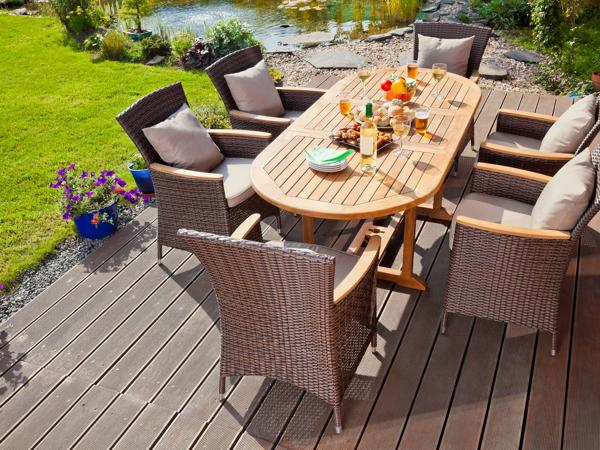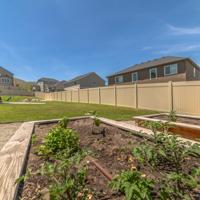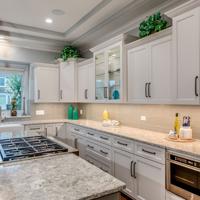Whether you are looking to establish privacy, enhance security, or simply mark the boundaries of your property, fencing can play a pivotal role in transforming the outdoor space of your home. In this guide, we will explore a range of considerations and options when it comes to choosing the right fence for your needs.
Understanding Your Needs
Before you break ground, it's crucial to clarify the purpose of your fence. Are you aiming to keep pets and children safe within your yard? Perhaps privacy from neighbors is your primary concern, or maybe you wish to accentuate the landscape design. By defining your goals, you can make more informed decisions about materials, styles, and installation.
Material Matters
The material you choose for your fence will largely dictate its aesthetic, durability, and maintenance requirements. Here's a closer look at some popular options:
Wood: A classic choice, wooden fences offer warmth and can blend seamlessly into natural surroundings. They come in many styles, from picket to privacy fences. However, wood requires regular maintenance, including painting or staining, to withstand the elements.
Vinyl: Known for its low maintenance and durability, vinyl fencing often mimics wood's appearance without the upkeep. It's resistant to rot and pests but can come at a higher initial cost.
Metal: Options like aluminum, steel, and wrought iron are prized for their strength and security. They offer an elegant look but may require periodic treatments to prevent rust, especially in harsh climates.
Composite: Made from a mix of wood fibers and plastic, composite fences aim to combine the benefits of both. They are typically durable, eco-friendly, and resistant to insects and rot.
Bamboo: For a more exotic and sustainable option, bamboo fences are a fantastic choice. They offer a unique aesthetic and are environmentally friendly, though they may not withstand harsh winters as well as other materials.
Styles to Consider
Each fencing style serves different purposes and aesthetics:
Privacy Fences: These are built to limit visibility into your yard. They are typically taller and without gaps, commonly seen in wood, vinyl, or composite materials.
Picket Fences: Ideal for a classic look, picket fences are often used for front yards. They allow visibility while still providing a boundary.
Chain Link Fences: Functional and affordable, chain link fences are commonly used in backyards or for pet enclosures. They offer security without obstructing views.
Garden or Decorative Fences: These serve more aesthetic purposes, providing a barrier around garden spaces. They can be made from wood, metal, or other materials.
Installation Tips
Installing a fence can be a DIY project if you're up for the challenge. Here are a few tips to get started:
Check Local Regulations: Before installation, verify local zoning laws and HOA rules regarding fence height, style, and placement.
Planning and Layout: Use stakes and string lines to outline the fence path. Measure twice to ensure accuracy.
Post Setting: For stability, ensure posts are set deep enough based on your local frost line and soil type. Concrete can add longevity and strength.
Consider Assistance: Depending on the complexity and size of your project, hiring a professional might be worthwhile.
Conclusion
Choosing and installing a fence is a meaningful way to enhance outdoor living spaces. Reflect on your priorities, choose materials that fit your aesthetic and lifestyle, and you'll find a suitable option to enrich your home's exterior.
For more information, the American Fence Association offers resources and guidelines. Remember, a well-thought-out fence can be both functional and beautiful, adding value to your home. Happy fencing!
Disclaimer: Guidance shared here is based on available information and general experience. When undertaking home improvement projects, such as those related to Home Maintenance, it's prudent to consult with professionals to tailor advice to your specific situation.




